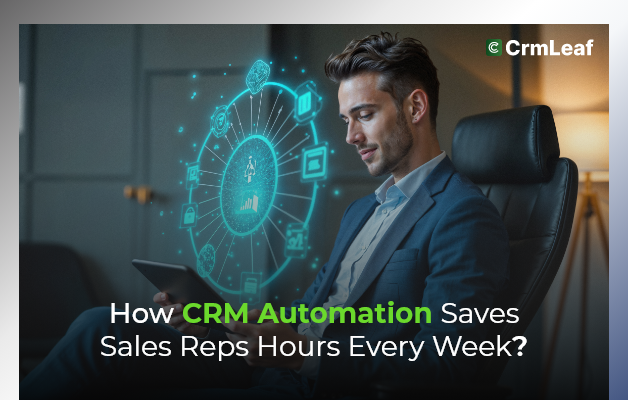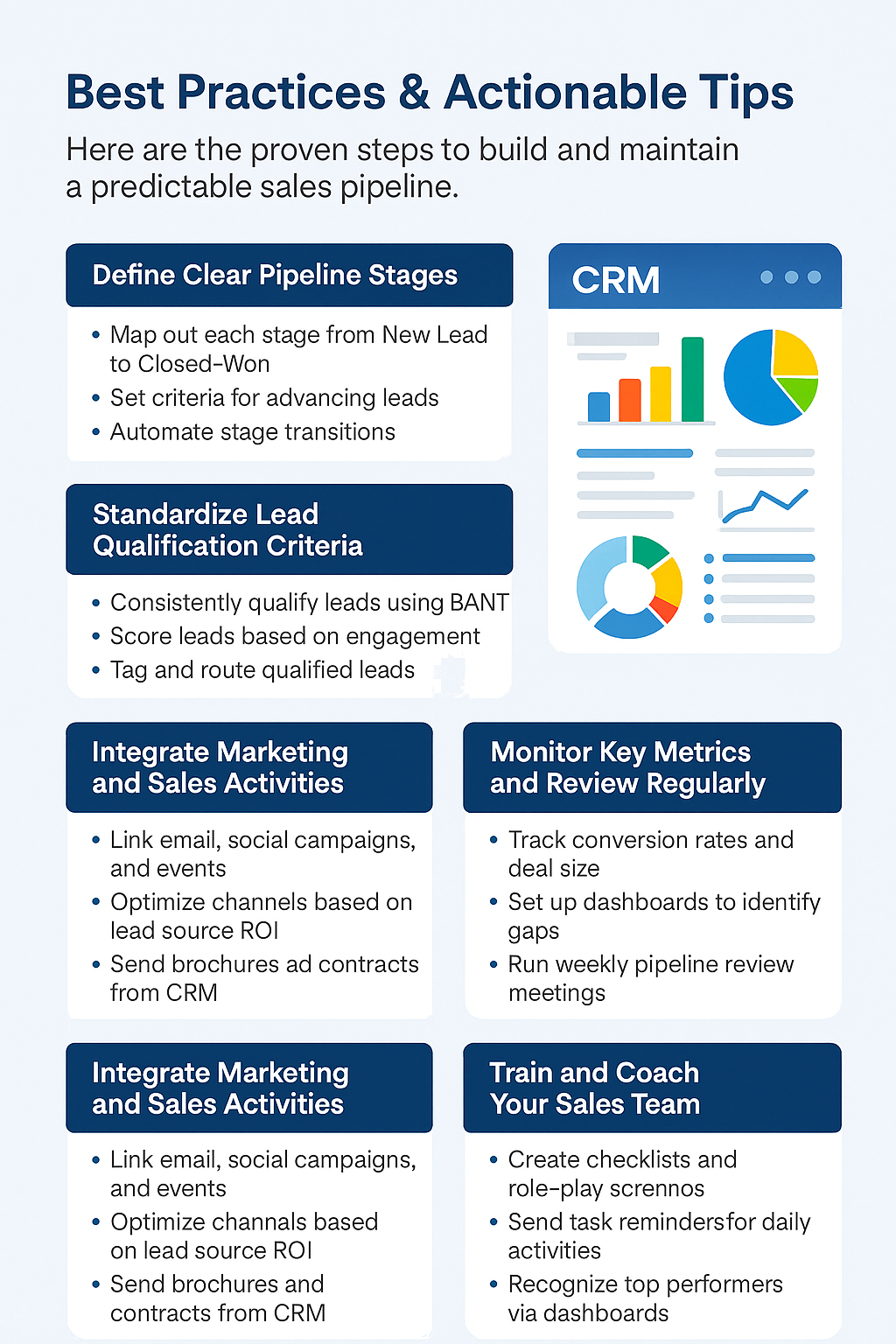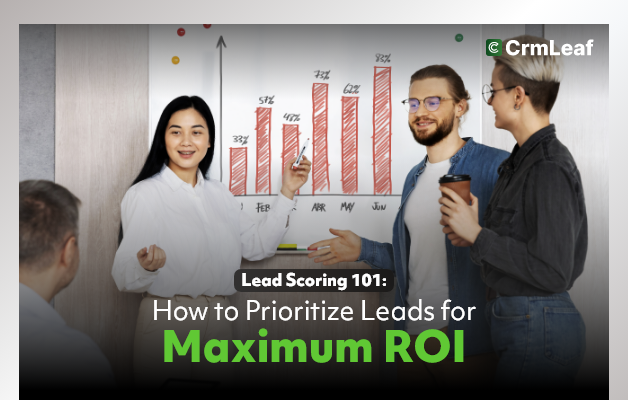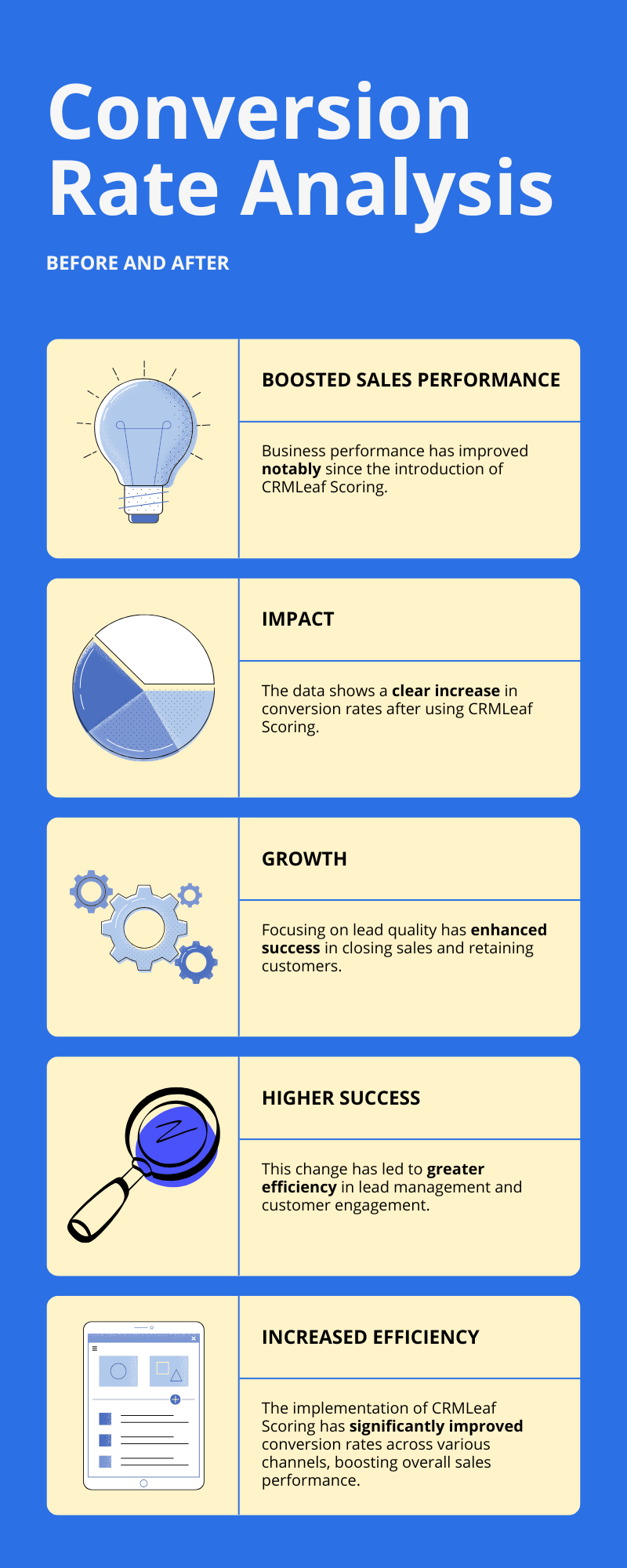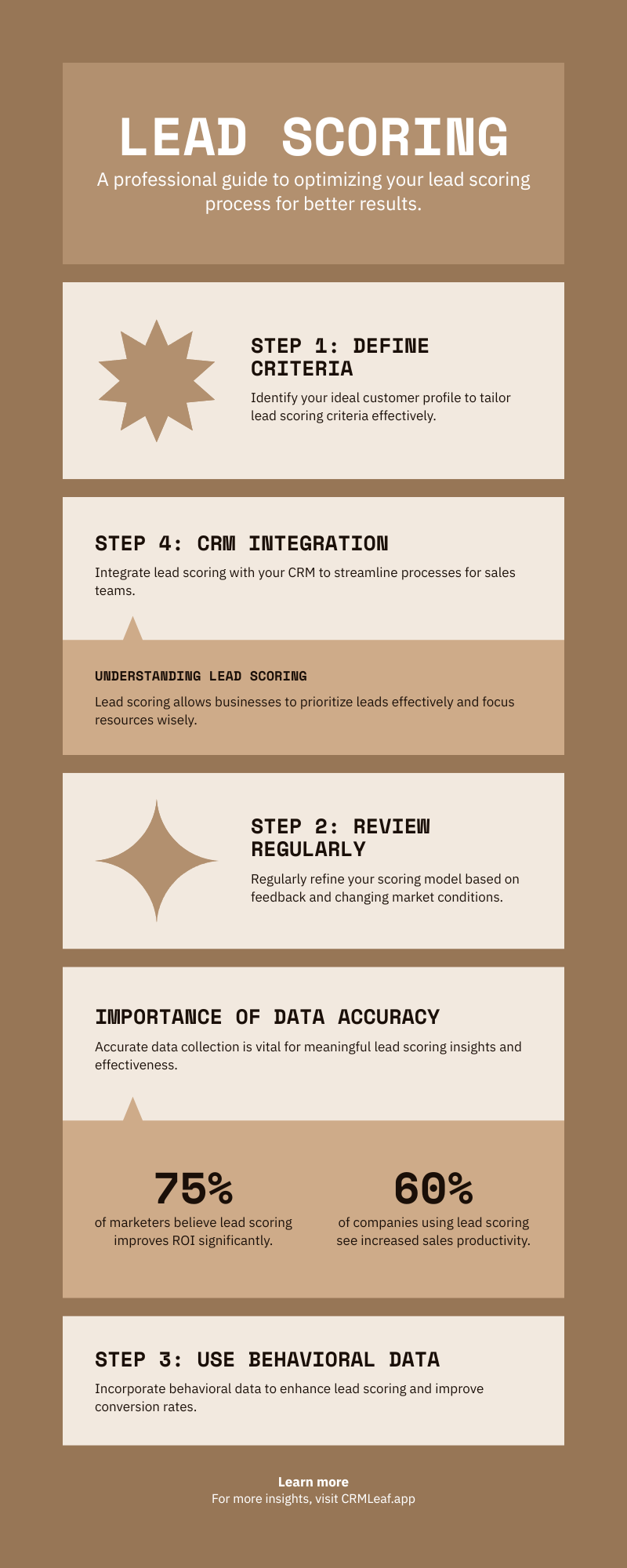In today’s fast-paced world, CRM automation is no longer a luxury — it’s a business essential. Sales reps waste as much as 30% of their week on manual data entry, chasing emails, and updating spreadsheets. That’s nearly two days lost every week! With CRM automation, you can reclaim those hours to nurture leads, close deals, and build stronger customer relationships.
Automation transforms how businesses manage workflows by eliminating repetitive tasks. In this post, you’ll learn how automation built into an integrated CRM + ERP platform can streamline operations, reduce errors, and boost productivity. You’ll walk away with actionable tips, proven best practices, and a real-life success story — so you can start saving time and growing revenue immediately.
Business Need & Importance
Any growing business — whether it’s a technology startup, manufacturing firm, or professional services agency — faces the same challenge: scaling revenue without scaling costs. CRM systems help solve this challenge head-on.
Data Consistency and Visibility
In companies that lack integration between human resource management systems and CRM systems, information lives in silos. CRM automation breaks down those silos by syncing data across departments, ensuring that HR, sales, finance, and operations work from the same source of truth. This reduces missed follow-ups, improves forecast accuracy, and eliminates the need for manual spreadsheet reconciliations.
Customer Experience
Buyers today expect instant, personalized responses. CRM system delivers just that. From automated follow-up sequences to lead scoring and reminders, automation empowers your sales team to respond promptly, keeping prospects engaged and increasing your win rates.
Operational Scalability
As your company grows, manual processes can’t keep up. automation integrates all-in-one HR software, payroll services for small businesses, attendance software, and document management systems into your CRM, automating everything from onboarding to contract signatures. This allows HR and operations to scale without added headcount.
Consider a mid-sized distributor juggling inventory updates and manual order entry. Each sales rep spends hours updating stock levels, customer credit terms, and shipping dates. With CRM automation through CRMLeaf’s platform, real-time inventory sync and automated credit checks eliminate bottlenecks and free up time for selling.
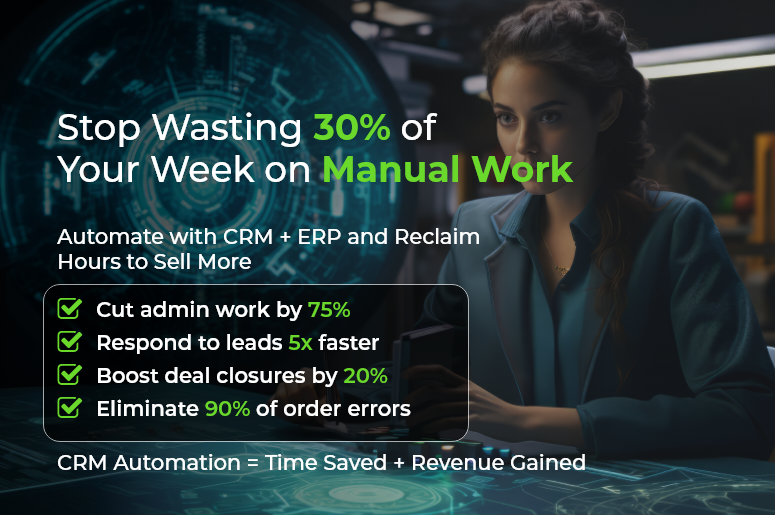
Best Practices & Actionable Tips
Automation isn’t a one-click fix. Follow these best practices to ensure long-term success:
Define Your Key Processes
Start by identifying high-effort, low-impact tasks. Use automation to eliminate them. Whether it’s data entry, quote generation, or lead assignment, map each step and identify where automation can step in.
Leverage Lead Scoring & Routing
Use CRM automation to apply lead scoring frameworks like BANT. It can route high-quality leads to the right reps instantly, based on engagement, geography, or expertise. This reduces manual errors and ensures no lead is left behind.
Automate Routine Communications
Set up automation for follow-up emails, appointment confirmations, and invoice reminders. Trigger personalized messages based on prospect behavior — like downloading a brochure or visiting a pricing page. CRM automation ensures timely outreach without overwhelming your team.
Integrate CRM + ERP Workflows
Use CRM automation to sync sales activities with HR and finance. For instance, automate the flow of customer contracts into your document control system or sync invoice generation with your online payroll services. The automation removes friction and speeds up operations.
Utilize Mobile & Remote Tools
CRM automation isn’t just for the office. With mobile CRM apps, sales reps can log activities, capture signatures, and manage pipelines in the field. This automation integrates attendance software to track on-site visits and ensures remote visibility for managers.
Automate Sales Analytics & Reporting
Save hours every week by using automation to generate reports and dashboards. Schedule daily pipeline summaries or weekly performance snapshots to land in your inbox. Let this automation surface stalled deals, upsell opportunities, and urgent follow-ups automatically.
Maintain Data Hygiene
Good automation starts with clean data. Set rules for duplicates, validation, and enrichment. CRM automation tools can verify emails, standardize job titles, and pull firmographic data to ensure accuracy across all records.
Train & Iterate
Automation is a dynamic process. Train your sales, HR, and finance teams on how workflows operate. Collect feedback weekly to refine rules and improve adoption. As your processes evolve, your CRM automation should, too.
By adopting these practices, your team will spend less time managing tasks and more time driving results. This automation becomes the silent engine behind your success.
Customer Success Story
Let’s look at Acme Manufacturing, a mid-sized industrial supplier. Before CRM automation, sales reps spent six hours each week on manual data entry and quote generation.
After implementing CRMLeaf’s CRM + ERP platform:
- Time Saved: Reps cut administrative work by 75% thanks to CRM automation.
- Faster Quotes: CRM automation reduced quote time from 2 hours to 15 minutes.
- Accuracy Boosted: Real-time inventory syncs via automation cut order errors by 90%.
- Revenue Growth: With more time to sell, reps closed 20% more deals in one quarter.
Acme achieved this by setting up automation for lead assignment, follow-up reminders, document syncs, and automated reporting.
Key Takeaways
CRM automation isn’t just about saving time — it’s about scaling your business with confidence. With CRM automation, you can:
- Slash manual data entry.
- Accelerate response times.
- Centralize customer, HR, and finance operations.
- Gain real-time insights.
- Empower remote teams.
By integrating CRM automation through a unified CRM + ERP platform like CRMLeaf, you create a streamlined, productive, and scalable business engine.
